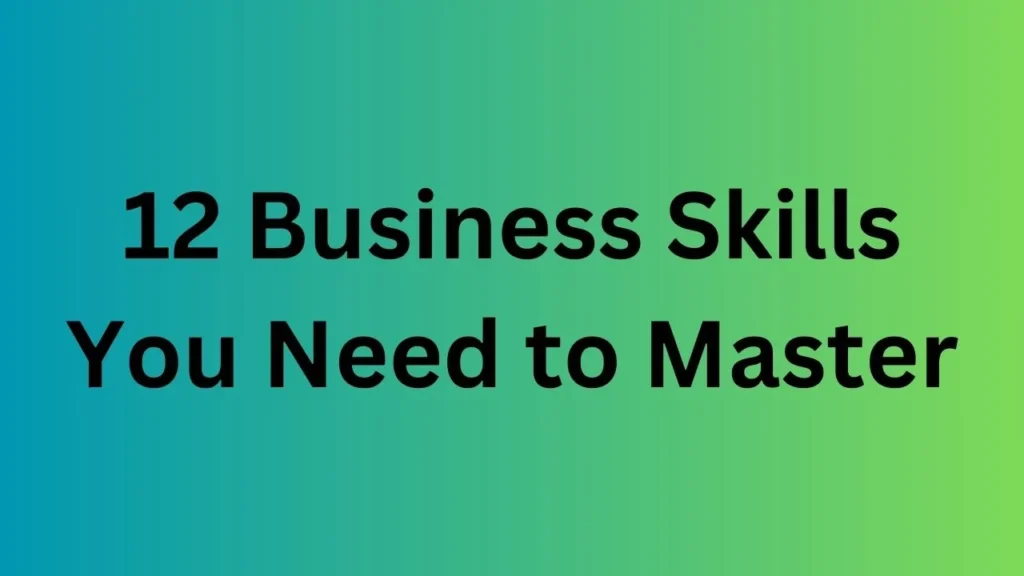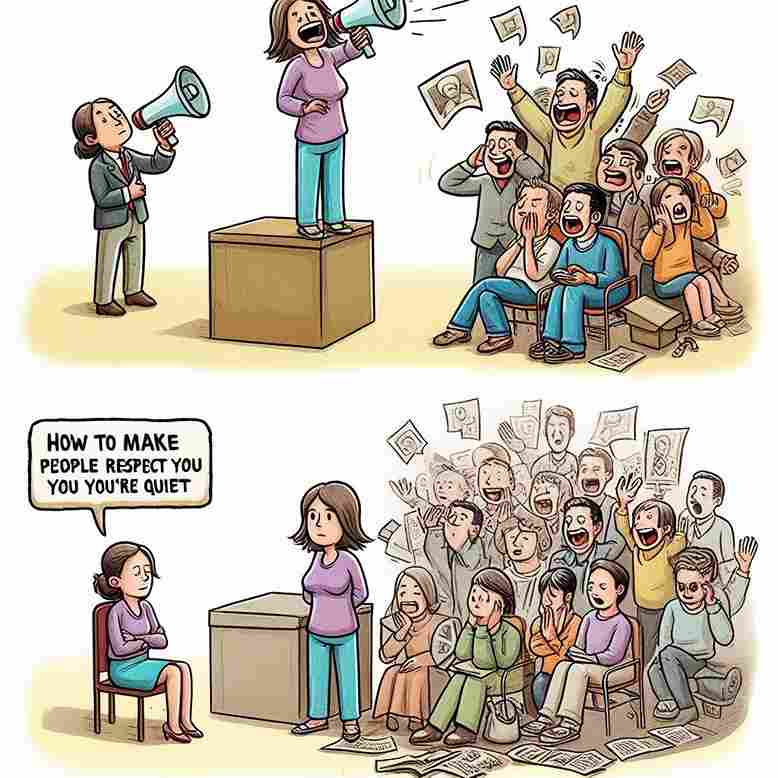Ai Tools, Video Editing, Motion Graphics
Saima: The AI-Powered Video Speed Controller That Improves Your Video Watching Experience
September 13, 2023
No Comments
Exploring Key CRM Metrics and Operational Technologies in Marketing
August 27, 2023
No Comments
Download Adobe Stock Free: Unlock Over 1,000,000 Professional Assets for Your Creative Needs
August 22, 2023
No Comments
Google VideoPoet: Turn Words into Worlds with the Power of AI
March 20, 2024
No Comments
Unleashing the Power of FlexClip: A Creative Playground for Your Ideas
October 27, 2023
No Comments



